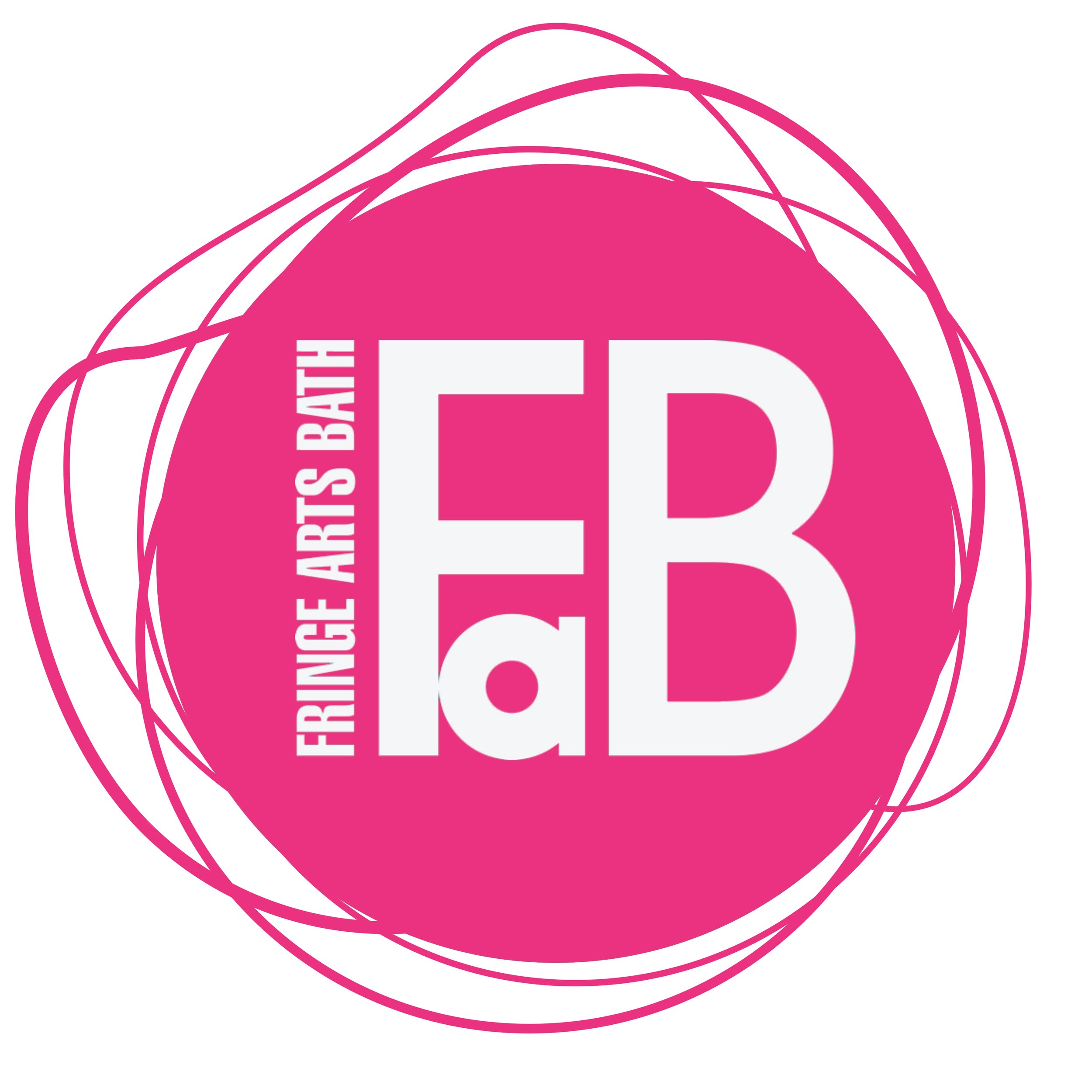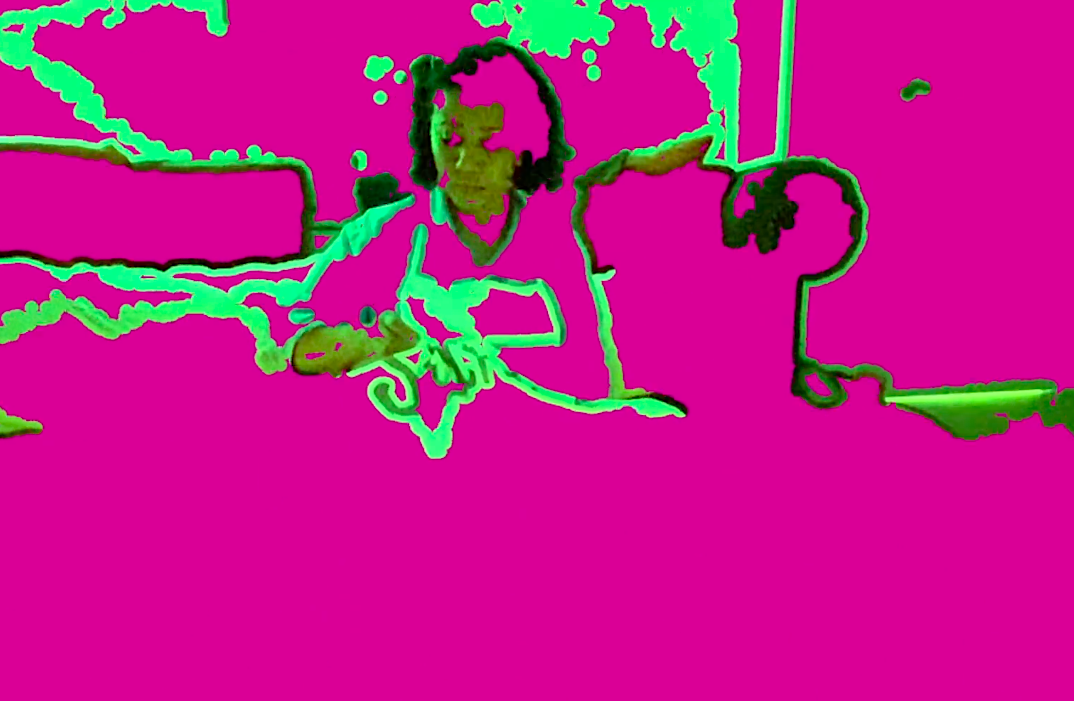Layers of Identity: Interview with Freya Tewelde
Freya Tewelde is a London-based multimedia artist. Her work explores the 'body as an archive' - the idea that our bodies bear our histories and experiences through physical and non-physical scars. Understanding the ‘body as an archive’ can also help us reflect on how, through gestures, our body language can express ‘turns of phrase’ spoken throughout generations.
At the same time, thinking of the body as an archive heightens our awareness of ‘singularity’ - of the distinctiveness and ‘incommensurability’ of each person. Freya’s work draws on the complexity of identity formation and the ways in which we form our inner worlds amidst (and as part of) our cultural landscape.
Over email, Freya and I discussed two artworks: ‘Hewan’ and ‘Sitting in a Green Room’ that explore, in different ways, ideas relating to identity and perceptions of the self.
In what sense do you explore the idea of the 'body as an archive' in your work?
In my work I'm often drawn to the seemingly minor things like the use of words and language and how it changes and evolves with generations and cultures over time. For example my mother uses certain expressions; authentic words that are extrapolated from her and the depths of her body and the cultural histories she embodies. The body holds emotions, physical and mental marks and scars. Those scars can express multiple states of being. I tend to use gestures in my work. These gestures and performances often engage with lots of traditional clothing accompanied by music or sometimes silence to explore the blind spots that we tend to miss.
In your description of 'Hewan', you discuss the idea of the 'marginalized self' and the way that this artwork hints at a visual break from the ways in which we might normally understand this term. Could you tell us more about this?
The notion of the marginalised self can be seen in many different ways – socially, politically and personally. It is often used in terms of race: in black art histories for example there is often a focus on marginality. In this work I do a kind of double take. The women is not facing the viewer. She is looking at the wall and she’s struggling to get dressed in what appears to be a traditional garment with several layers. We have many layers in terms of identity construction and cultural formation. In this piece I wanted to speak about the layers of identity we inhabit: the structural ambiguity, blurring and even dissolution of identities in an ever complex world. I would also say this work begins to re-position the idea of post-identity in the future-present.
The piece 'Sitting in a Green Room' features a woman sewing. What role (if any) can craft have in forming, or reflecting on identity?
This piece reflects on my Eritrean heritage. It does this in several ways. For example, I'm interested in how art history has largely overlooked and forgotten to include the black female body. In many respects, a women’s relationship to craft and making has been neglected and devalued in the history of art. This is a cross cultural phenomenon and has affected black and white women. In this piece the woman sewing represents motherhood and the position that many women find themselves in at home.
For example, I have noticed during this period of social isolation in the pandemic many women have reverted to the space of domesticity where craft played an important role in their everyday lives. The many heritages attached to craft–based practices in this sense, have made a comeback – one can lose one’s self in the mundanity of working in craft. The work reflects ‘on distance’ and the remote nature of escapism within an everyday practice that continues to craft new memories as a specifically female space during Covid-19. This potentially opens up a space for many women to think together and be creative with their making and the sharing of craft based practices.


